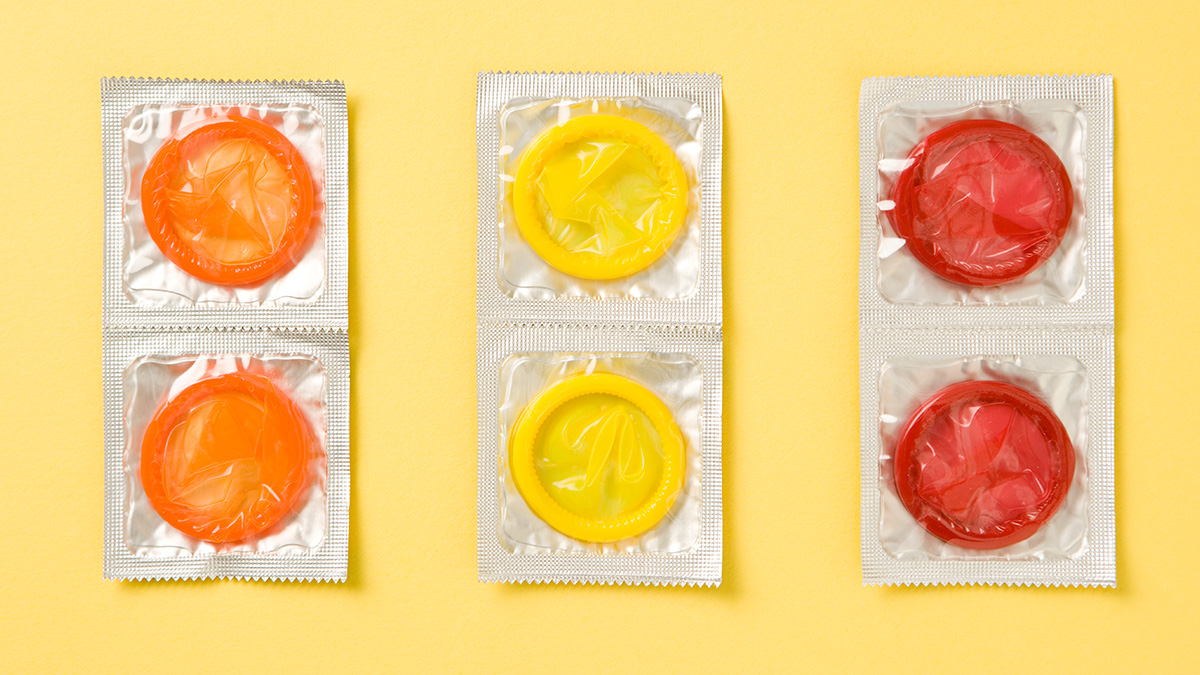Key points
- Correct use of condoms can prevent Sexually Transmitted Diseases (STDs) and pregnancy.
- Condoms and dental dams offer protection during sex.
- Correct use of condoms reduces the risk of disease but does not eliminate it.

Why it's important
Using condoms correctly can prevent the spread of Sexually Transmitted Diseases (STDs) including human immunodeficiency disease (HIV) and hepatitis. Condoms can also protect against other diseases transmitted through sex, including Zika and Ebola viruses, and pregnancy. Male (also called external) and female (also called internal) condoms must be used every time to be effective.
Regular use of latex condoms can reduce the risk of disease and pregnancy but does not provide absolute protection. The best way to prevent STDs is to abstain from sex or be in a long-term relationship with one uninfected partner.
Fast facts
Male (also called external) condom effectiveness
Condom effectiveness for STD and HIV prevention has been demonstrated in many studies.
Laboratory studies show latex condoms provide an effective barrier against even the smallest STD pathogens.
Epidemiologic studies show that consistent use of condoms is highly effective in preventing the spread of HIV.
Condoms can be expected to provide protection depending on the type of STD. They will provide protection against STDs spread by genital fluids (such as gonorrhea or chlamydia).
Condoms will not provide protection against STDs spread by skin-to-skin contact (genital herpes or syphilis).
Latex condoms must be used correctly and consistently to provide the best protection.
When condoms are used incorrectly or inconsistently:
- STDs or HIV can spread from a single sex act with an infected partner
- Condoms can break, slip, or leak
- Pregnancy can occur
How to use condoms and other barriers
Always use a new condom for the entirety of every act of vaginal, anal, or oral sex.
To correctly use an external condom:
- Put the condom on the tip of the erect penis with rolled side out.
- Pinch the tip to create a half-inch gap at top of condom.
- Unroll condom to the base of the erect penis while holding tip.
- After ejaculation, grip rim of condom and carefully withdraw.
- Gently pull condom off penis, making sure semen doesn't spill out.
- Wrap condom in a tissue and throw it in the trash.
If you feel the condom break at any point during sexual activity, stop immediately. Remove the broken condom and put on a new one.
Use water-based lubricants. Oil-based lubricants (petroleum jelly, body lotions, etc.) can weaken latex and break the condom.
